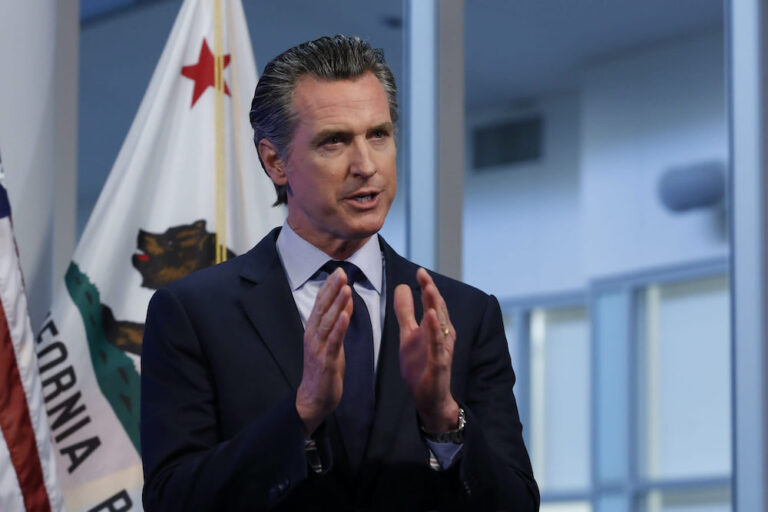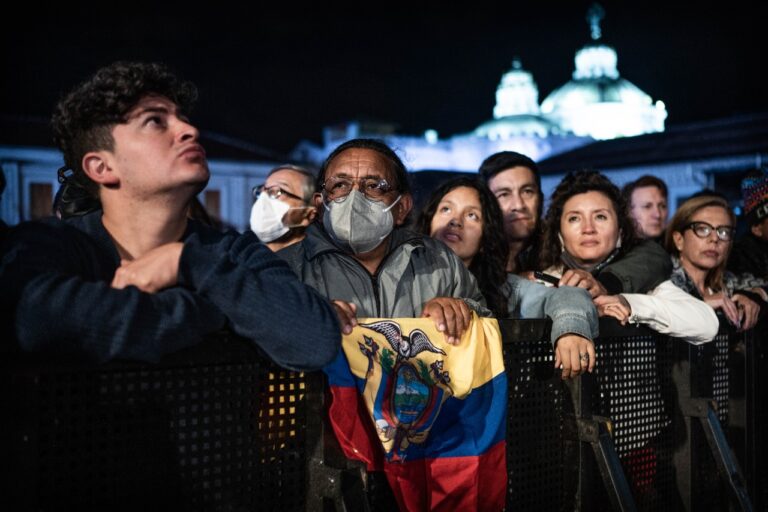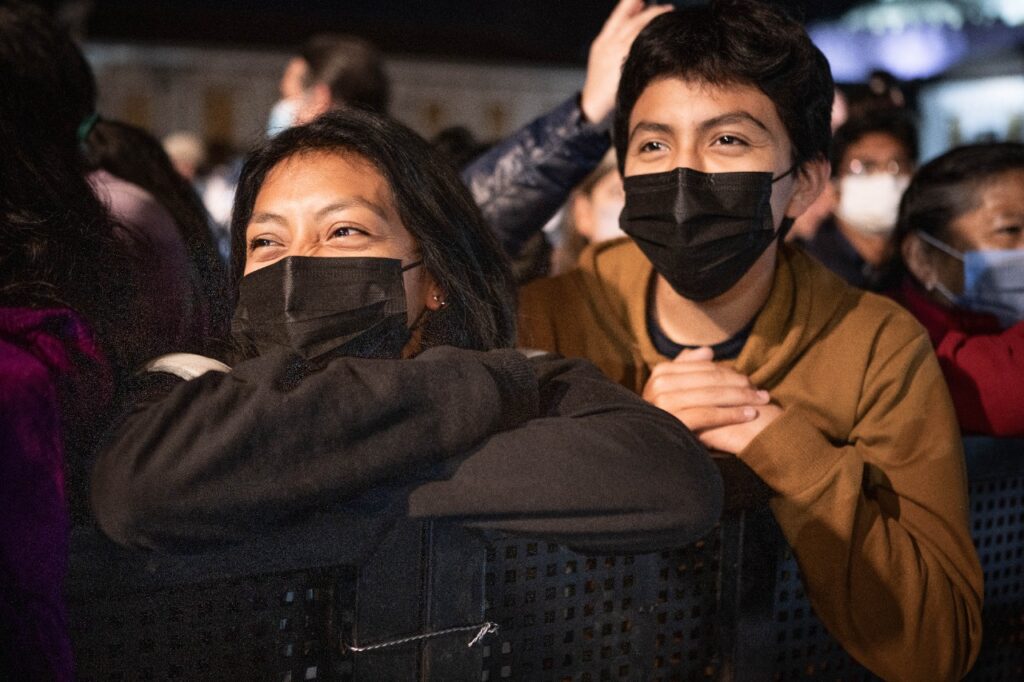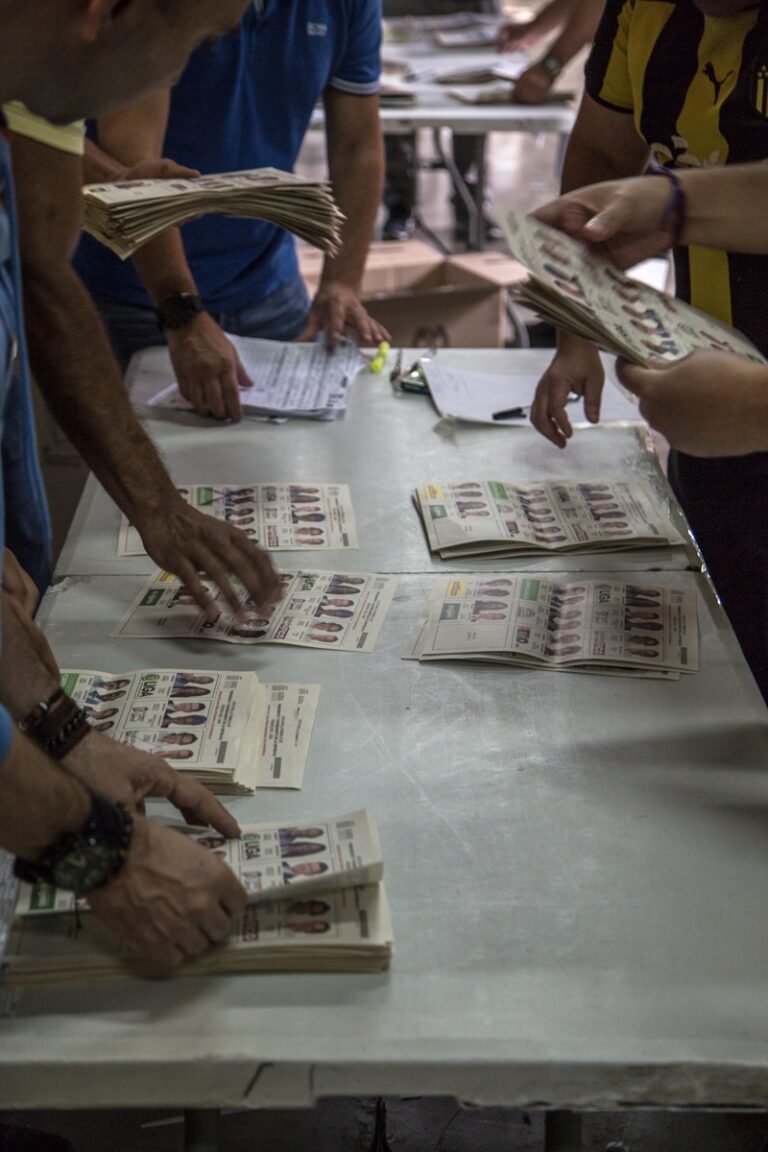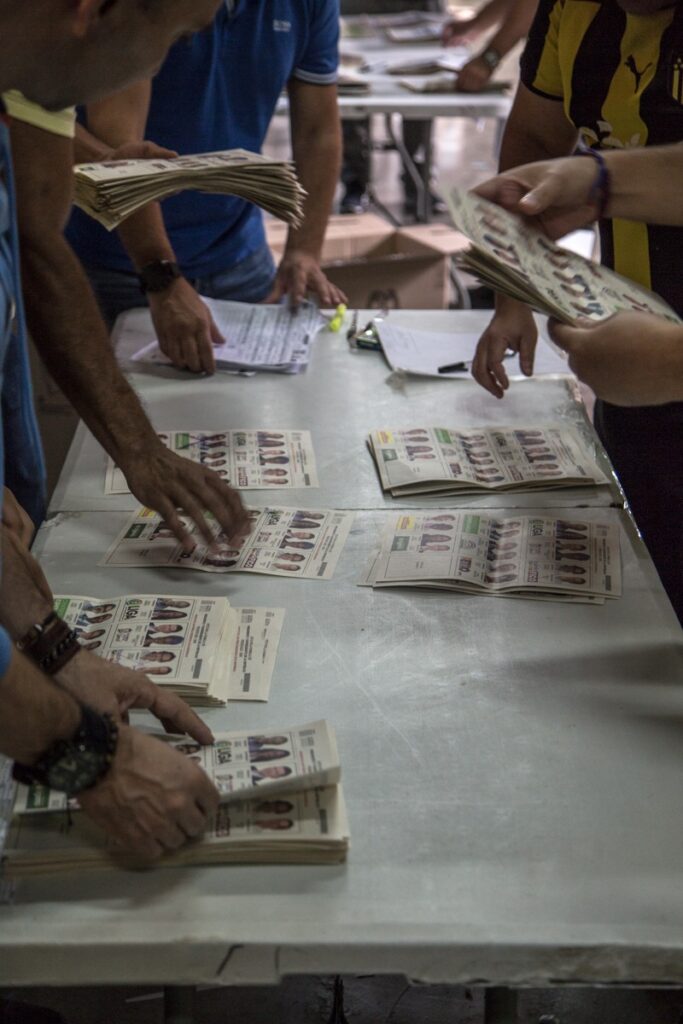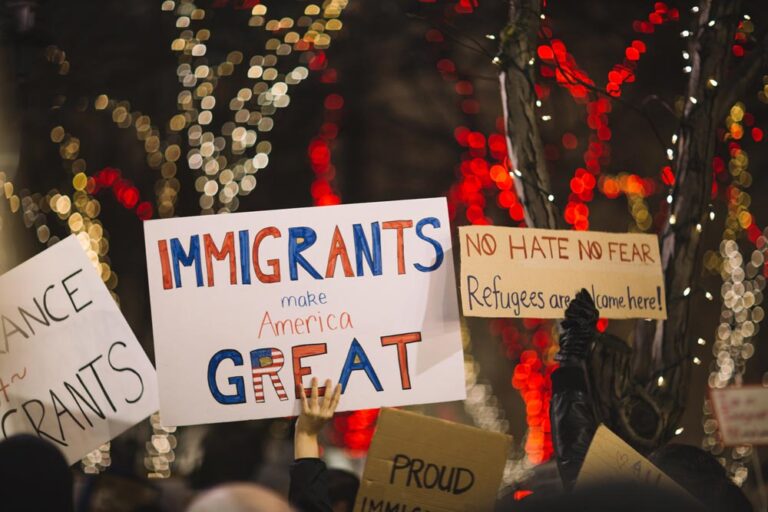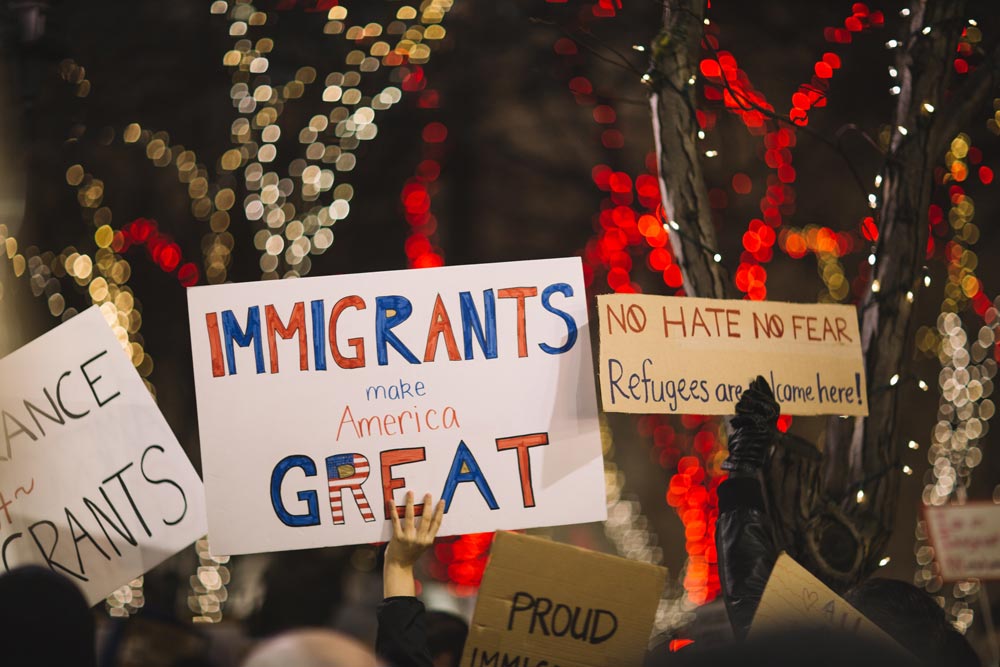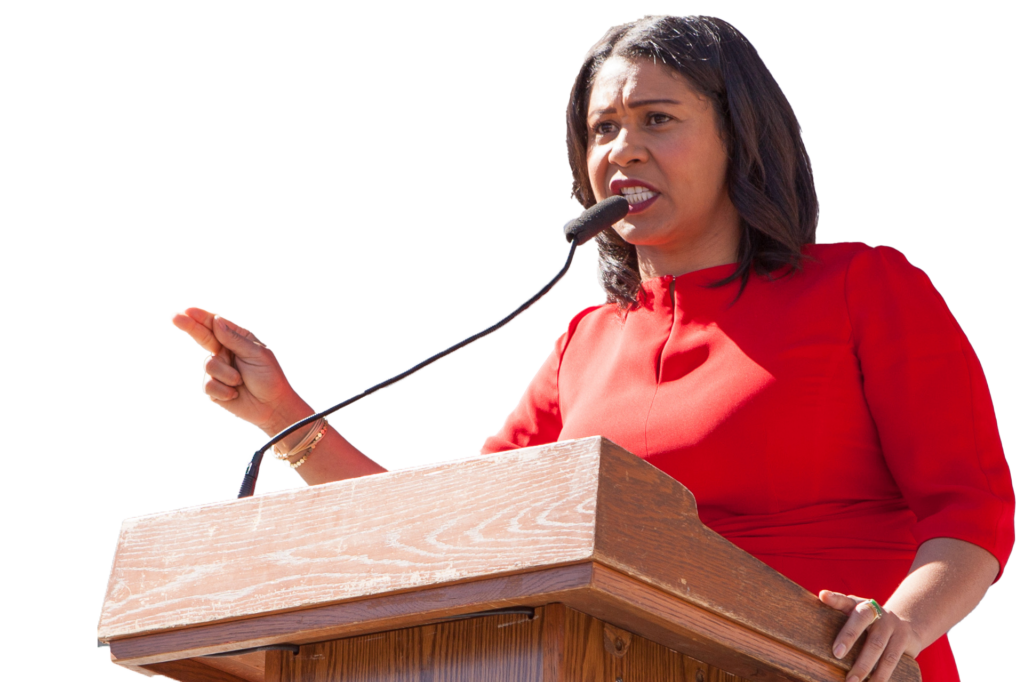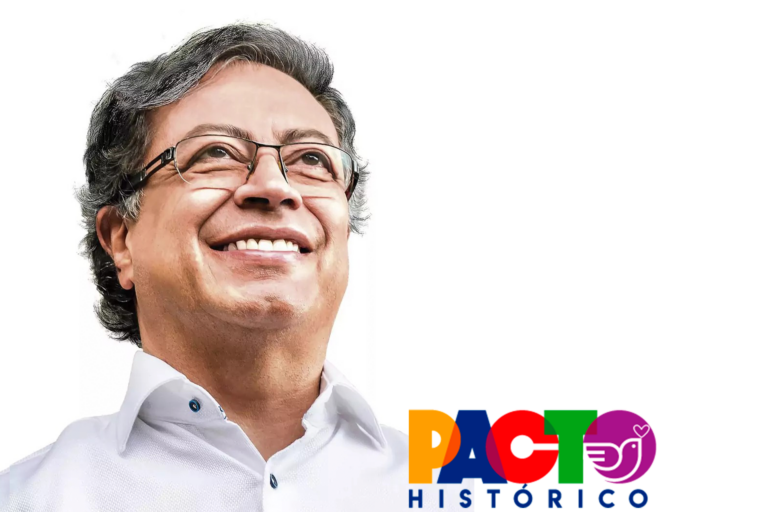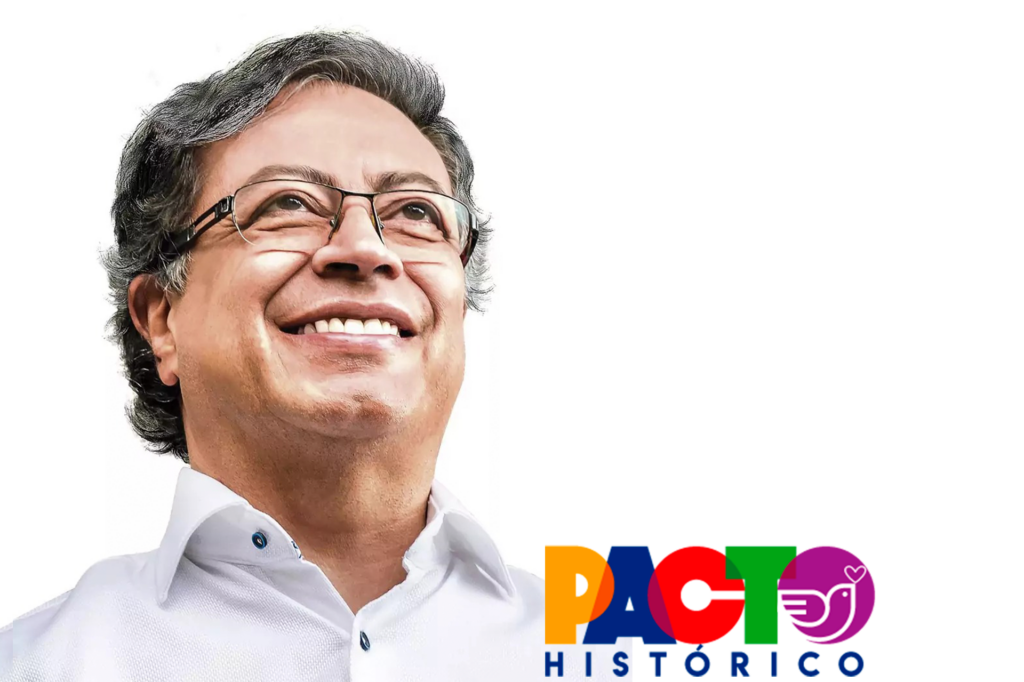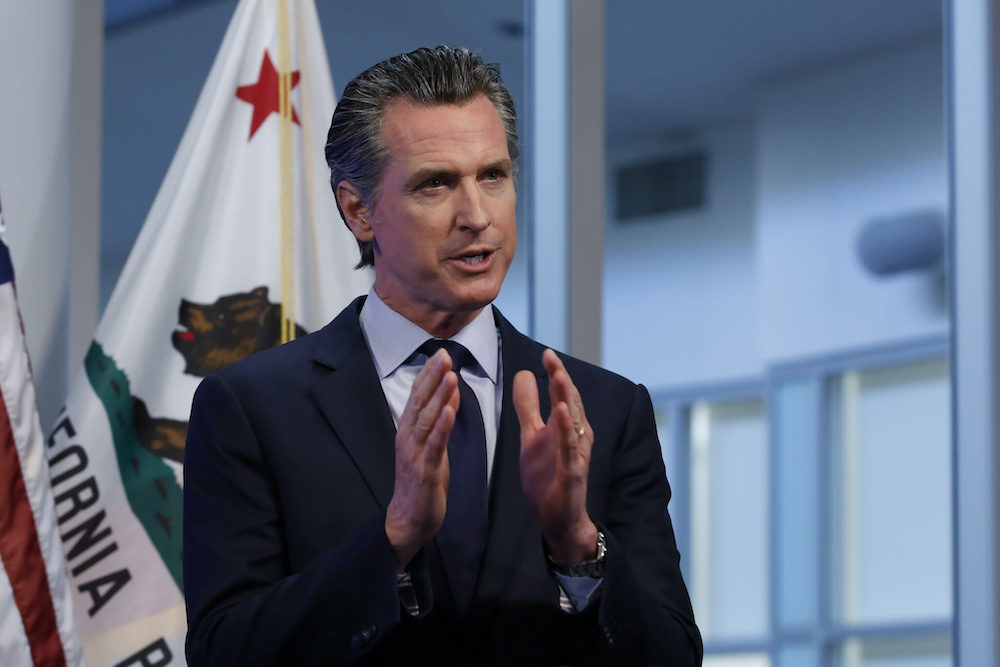
En el marco del Día Nacional de Concientización sobre la Violencia Armada, el gobernador Gavin Newsom anunció este viernes una nueva campaña para hacer que las escuelas y comunidades de California sean más seguras a través de una campaña comunitaria para promover las Órdenes de Restricción de la Violencia Armada, también conocidas como leyes de «bandera roja».
«La violencia armada es una epidemia: demasiados estadounidenses se ven obligados a vivir con miedo debido a la inacción. En California, estamos tomando medidas con medidas de seguridad de armas de fuego de sentido común que sacan las armas de nuestras comunidades y mantienen a las personas seguras», señaló Newsom.
En conferencia de prensa, el gobernador destacó que las leyes de bandera roja permiten la eliminación temporal de armas y municiones de personas que corren el riesgo de hacerse daño a sí mismas o a otros, además de que empoderan a los seres queridos y a las fuerzas del orden público, para que intervengan y eviten temporalmente que alguien en crisis acceda a las armas de fuego.
California emitió 3 mil 7 órdenes de restricción de violencia armada entre 2016 y 2020.
En 2020, el estado emitió mil 284 órdenes de restricción, 15 veces más que las 85 emitidas en 2016.
Esta nueva campaña por 11 millones de dólares y 18 meses, administrada a través de la Oficina de Servicios de Emergencia del Gobernador, se centrará en la divulgación y la educación sobre las leyes de bandera roja de California para las comunidades con mayor riesgo de violencia armada, precisó el funcionario.
La campaña para promover órdenes de restricción de la violencia armada incluye:
- 5 millones de dólares en subvenciones a grupos locales de violencia doméstica basados en la comunidad para alcance comunitario.
- 5 millones de dólares para la divulgación en todo el estado a las comunidades con mayor riesgo de violencia armada, incluidos los esfuerzos de educación, investigación y divulgación multilingüe.
- 1 millón de dólares para educación y capacitación de fiscales de distrito y grupos encargados de hacer cumplir la ley.
El Programa de Investigación de Prevención de la Violencia de UC Davis Health publicó el año pasado un estudio que destaca el apoyo a las Órdenes de Restricción de la Violencia Armada y la necesidad de crear conciencia pública sobre el tema.
Además, se ha demostrado que las leyes de bandera roja son efectivas para reducir la violencia y las muertes por armas de fuego, lo que podría ayudar a reducir las situaciones de emergencia.
«California tiene leyes de seguridad de armas líderes en el país», dijo Mark Ghilarducci, director de la Oficina de Servicios de Emergencia del Gobernador. «La educación y la divulgación sobre cómo utilizar las leyes de bandera roja son fundamentales para su éxito. Esta campaña se centrará en educar a las familias y a las fuerzas del orden sobre las herramientas que tienen a su disposición para prevenir la violencia armada».
Promulgada en 2014 luego del tiroteo en Isla Vista, la ley de bandera roja de California autoriza a los agentes del orden público y a otros a presentar peticiones para una orden judicial civil llamada Orden de restricción de violencia con armas de fuego para suspender temporalmente el acceso de una persona a las armas de fuego cuando se determina que representan un riesgo significativo para sí mismos o para otros al tener acceso legal a armas de fuego o municiones.
Con el país todavía conmocionado por el tiroteo masivo en Uvalde, Texas, que dejó 19 niños y dos maestros muertos la semana pasada, Newsom señaló en un comunicado que California ocupa el puesto 1 en seguridad.
Agregó que, de acuerdo con los Centros para el Control y Prevención de Enfermedades ‒CDC, por sus siglas en inglés‒, la tasa de mortalidad por armas de fuego es 37 por ciento más baja que el promedio nacional.
Así, la tasa de muertes por armas de fuego de California fue la 44.ª más baja del país, con 8.5 muertes por armas de fuego por cada 100 mil personas, en comparación con 13.7 muertes por cada 100 mil a nivel nacional, 28.6 en Mississippi, 20.7 en Oklahoma y 14.2 en Texas.
La tasa de mortalidad infantil por armas de fuego en California también es más baja que en otros estados, y es un 58 por ciento más baja que el promedio nacional.
Según el Instituto de Políticas Públicas de California ‒PPIC, por sus siglas en inglés‒, los californianos tienen un 25 por ciento menos de probabilidades de morir en un tiroteo masivo. Entre 2019 y 2021, la tasa anual de homicidios por disparos en masa del estado de 1.4 por cada millón de personas fue más baja que el promedio nacional de 1.9.
«Estados Unidos tiene un problema con las armas. La adicción de nuestro país a las armas y la cultura de las armas está matando a nuestros hijos, nuestros maestros, nuestra familia y nuestros amigos. Quiero agradecer al presidente Biden por su firme compromiso de sacar más armas de nuestras calles y me uno a él para instar al Congreso a que actúe», dijo Newsom en una declaratoria emitida este jueves 2 de junio.
Agregó que, las leyes de armas de sentido común funcionan. «En California, lo demostramos todos los días. Nuestras leyes de seguridad de armas ‒que prohíben las armas de asalto, verificaciones de antecedentes universales, leyes de bandera roja, restricciones de edad y períodos de espera‒ han reducido a la mitad la tasa de muertes por armas de fuego en nuestro estado desde la década de 1980».
«California ha pasado décadas probando y perfeccionando estas políticas. Ahora es el momento de que el Congreso ponga la vida de nuestra gente en primer lugar y apruebe leyes de seguridad de armas probadas y probadas en California», destacó.
You may be interested in: Biden's presidency proclaims June as Migrant Heritage Month

